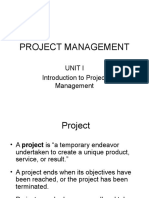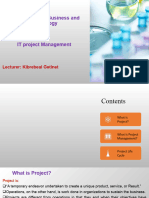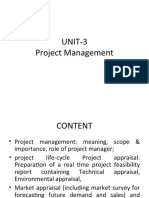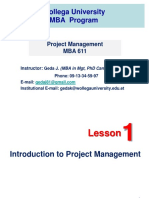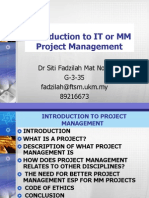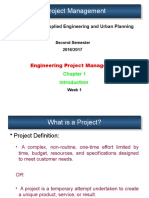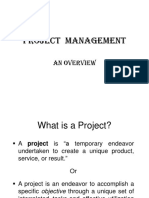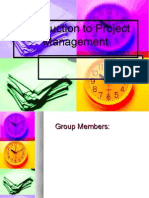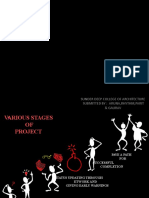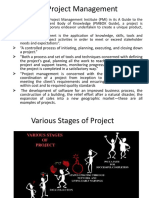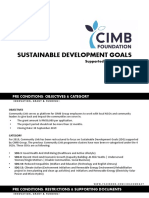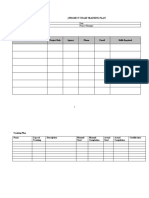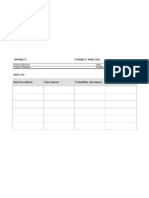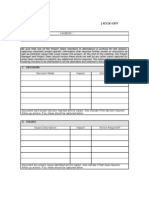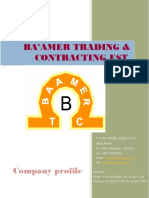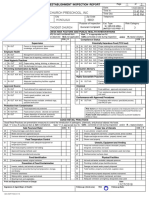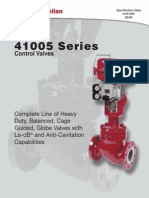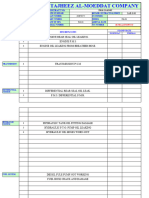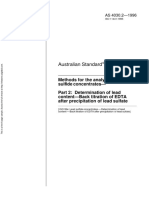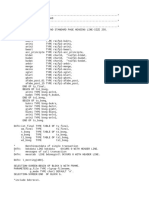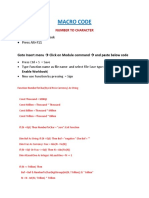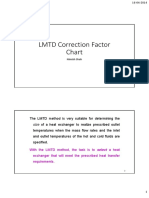0% found this document useful (0 votes)
276 views33 pagesProject Management Introduction
This document provides an introduction to project management. It discusses what a project is, the differences between projects and operational work, and what project management entails. Project management involves applying knowledge, skills, tools, and techniques to project activities over the project life cycle, which includes initiation, planning, execution, monitoring and control, and closing. The document also outlines some common reasons why projects fail and provides exercises for participants to discuss lessons learned.
Uploaded by
Megat Zainurul Anuar bin Megat JohariCopyright
© Attribution Non-Commercial (BY-NC)
We take content rights seriously. If you suspect this is your content, claim it here.
Available Formats
Download as PPT, PDF, TXT or read online on Scribd
0% found this document useful (0 votes)
276 views33 pagesProject Management Introduction
This document provides an introduction to project management. It discusses what a project is, the differences between projects and operational work, and what project management entails. Project management involves applying knowledge, skills, tools, and techniques to project activities over the project life cycle, which includes initiation, planning, execution, monitoring and control, and closing. The document also outlines some common reasons why projects fail and provides exercises for participants to discuss lessons learned.
Uploaded by
Megat Zainurul Anuar bin Megat JohariCopyright
© Attribution Non-Commercial (BY-NC)
We take content rights seriously. If you suspect this is your content, claim it here.
Available Formats
Download as PPT, PDF, TXT or read online on Scribd
/ 33



